20+ things you need to know if you’re on tank water during a drought
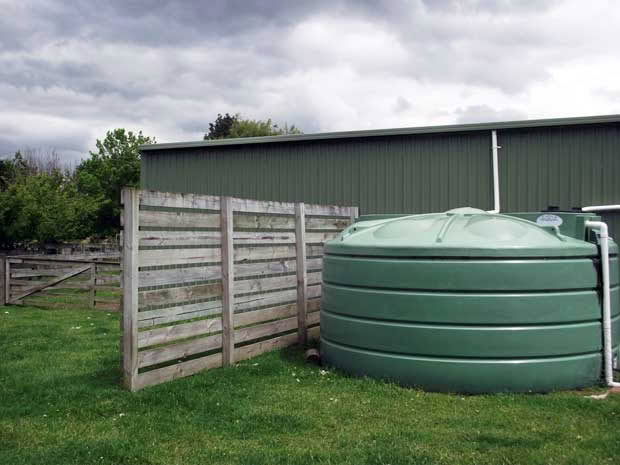
Forecast rain might be a welcome relief for tank water users across the parched North Island, but now they should be wary of contamination says Massey University scientist Stan Abbott.
Words: Science Media Centre, 19 February 2020
A front is hoped to move over the upper North Island sometime this weekend, welcome news for those who have been suffering through drought conditions. However, the month-long dry spell will have left roofs dry and dusty—prompting a warning for tank users to check their equipment. The Science Media Centre asked roof rainwater expert Stan Abbott about how tanks are faring through the drought, and how people can keep their drinking water clean when it does start to rain again.
What should people be thinking about when they refill via a tanker truck?
“Every carrier of drinking water anywhere in New Zealand must ensure any water sold or supplied for potable purposes—drinking, food preparation or personal hygiene—meets the requirements of the Drinking Water Standards for New Zealand (DWSNZ) and the Guidelines for the Safe Carriage and Delivery of Drinking-Water (MOH 2008) and the water quality is protected from contamination at all times during its loading, transit and delivery.
“Transfer of water from the supplying vehicle must be done in a manner that does not cause undue agitation of any sediment on the bottom of the tank. Water should not be transferred to any tank that is in bad state of repair or to any tank in which the residual water or sediments could adversely affect the quality of the water being transferred to the tank.
“Water carriers must care to prevent contamination of the water while discharging into the customer’s rainwater tank. It may be difficult to prevent stirring up settled sludge when filling rainwater tanks so in order to reduce the length of time required for the water to settle after filling, tank refillers should interrupt the direct stream of water from the delivery hose or aim the water to discharge along the side of the tank rather than directly into the tank. Reducing the flow into the tank will also reduce the amount of sediment stirred up but this may not always be practical. Since the time required for the water to settle and clear can be several hours, it is recommended that a storage container (approximately 5 litres) of delivered water is left with the rainwater tank customer. This provides them with safe drinking water while the water in the tank is clearing, and offers reassurance about the quality of the water delivered.”
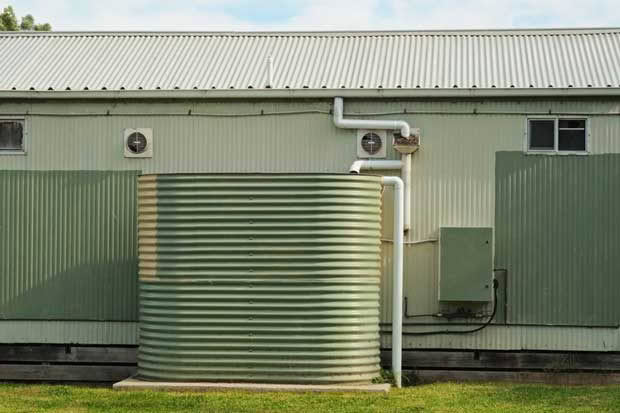
Will the record long dry spell affect water quality for tank users?
“As a minimum, all roof-collected rainwater users that rely solely on rainwater for their drinking water supply should have a first flush diverter installed because the longer the dry period in between rainfall events, the greater will be the amount of pollutants deposited on the roof surfaces.
“First flush diverters are devices that minimise contamination of tank water by diverting the first amount of roof harvested rainwater (which can contain road dust, motor vehicle emissions, debris, bird and animal droppings, etc.) away from the tank. A first flush diverter will also assist in the removal of undesirable elements such as ash, heavy metals and chemical residues.
“First flush diverters should have automated or semi-automated diversion and drainage systems (i.e., no manual diversion or drainage) so that the need for deliberate householder intervention and maintenance is diminished. Incorporating two filter screens (0.900 mm and 0.500 mm) in the diverter will enhance the automatic drainage function of the diverter because orifice blockage of the slow release valve is less likely to occur.
“A rule of thumb is that the amount to be diverted should be the equivalent of 2 mm of rain over the area of roof. This means that for an average size roof area the amount to be diverted will be approximately 100 to 120 litres. Pollution influences and roof catchment size at any particular location obviously need to be considered for the required diversion volumes but as an absolute minimum at least 25 litres of roof water should be diverted.”
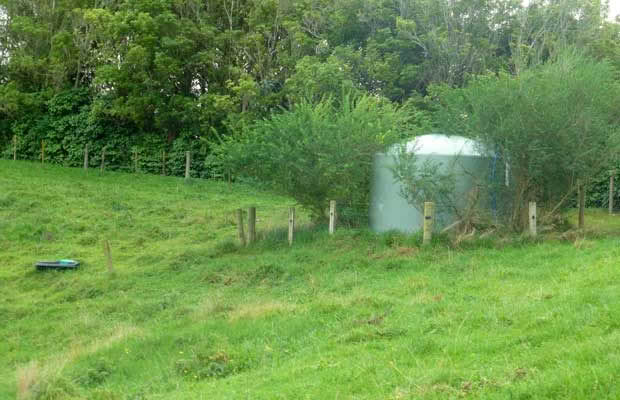
How much water can the average tank collect—and how does a drought affect that?
“Rainfall frequency in a particular region, specific tank sizes and rainwater use will influence the total rainfall available for use. A light rainfall event may not produce enough saturation of the roof to flush water into the tank. On the other hand, substantial rainfall events might result in overflow from the roof particularly if debris has accumulated in gutters or screens.
“Roof sizes across New Zealand vary widely and are based on factors such as land availability and income of the property owner. Unfortunately, not all of a particular roof area will be available for use and will depend on the location of downpipes and the location of the tank. Ideally, the tank location and plumbing will be configured to ensure that all (or most) roof run-off is captured. However, considerations such as cost, site availability and aesthetic preference limit the actual roof area that can be used. Typically up to half or even two thirds of the roof area can be diverted for rainwater discharge into a rainwater tank.
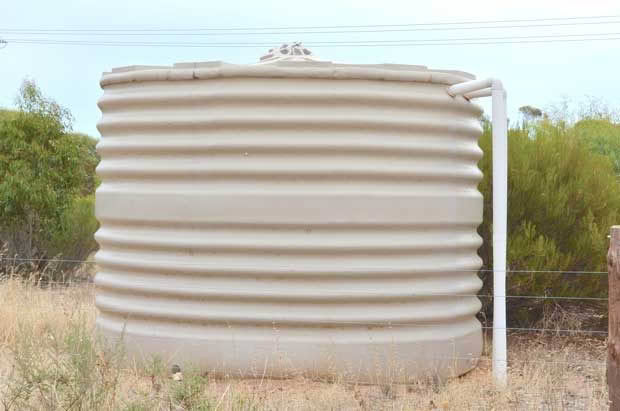
“The proportion of rainfall run-off that can be captured ranges from 60% to over 90% depending on the condition of the gutters since blocked gutters and downpipes can cause a reduction in water run-off through overflows. There are a number of other factors that need to be considered when calculating the expected annual rainwater catchment from a particular roof:
“Pre-treatment. Devices such as first flush diverters that divert the contaminated rainwater away from the storage tank.
“The size of the tank and therefore how often it overflows. Obviously more rainwater can be collected if more than one tank is installed on the property and the bigger the tank the better e.g. 25,000 or even a 30,000 litre rainwater tank.
“The losses due to evaporation from the roof and overflows from the gutters. For example, an impervious roof surface such as a metal or tiled roof will allow more water to be captured than one made of less impervious material like wood, where a large percentage of the water would be absorbed.
“The typical household water usage varies from 450 litres to 300 litres per person per day but the record breaking dry summer in Auckland this year—and the unprecedented demand for tank water refilling by water carriers—means that householders that rely solely on tanks will have to markedly reduce their per person daily water usage. The largest component is used in the bathroom (25%) and toilet (30%). The kitchen uses about 10% and the laundry about 15%. Garden and outside water usage tends to be seasonal and account for 20% of use.”
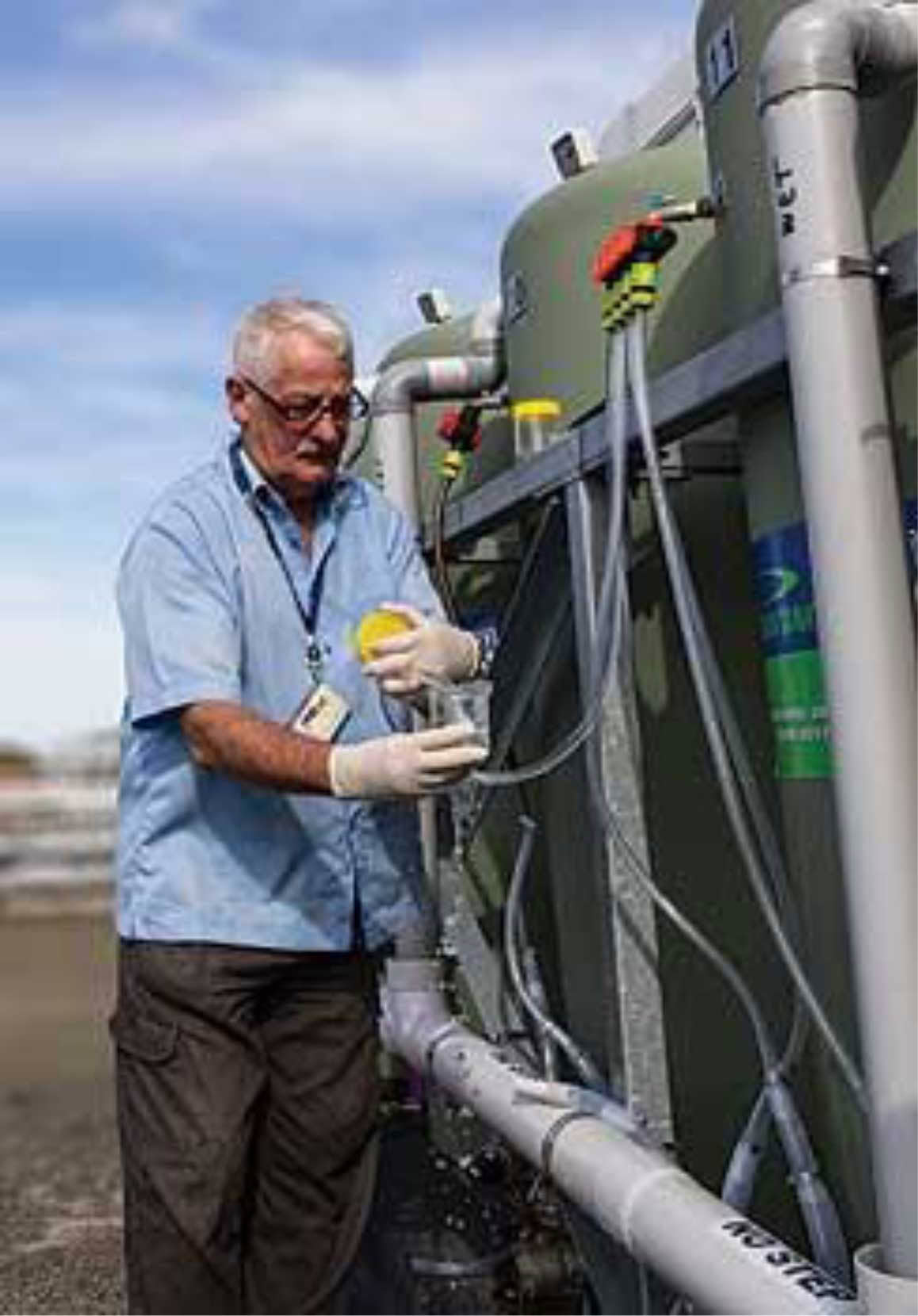
Stan Abbott is the Adjunct Senior Lecturer Group Leader of the Roof Water Harvesting Centre at Massey University.

